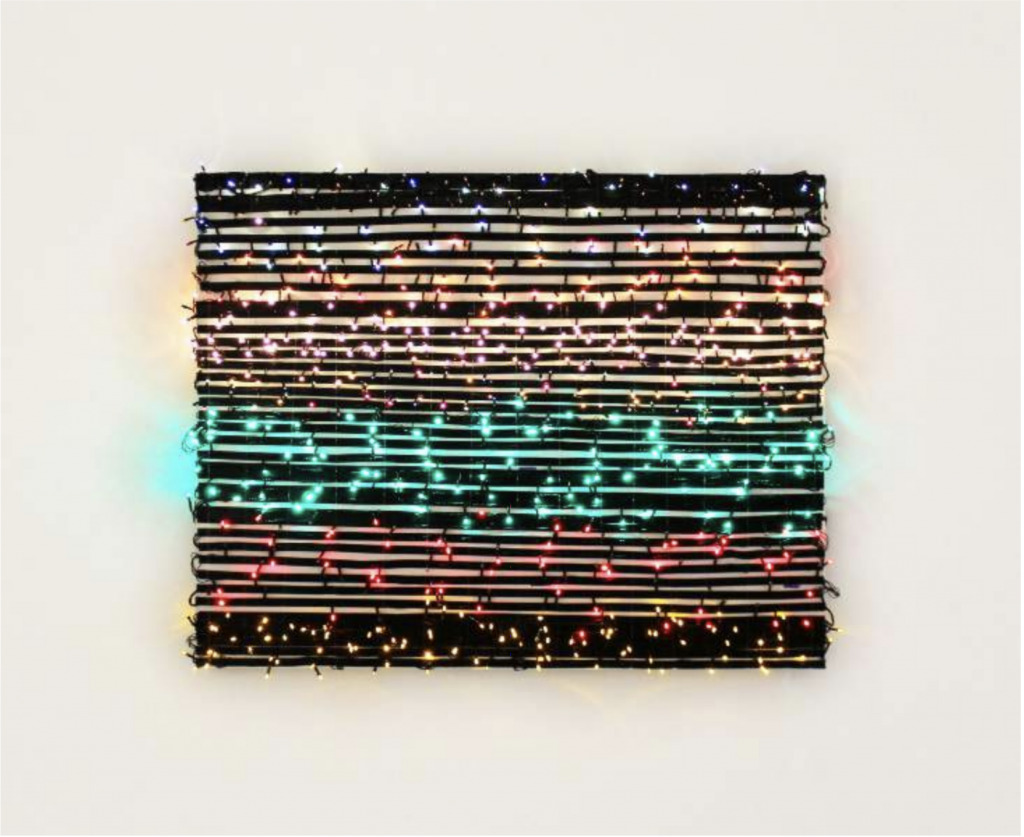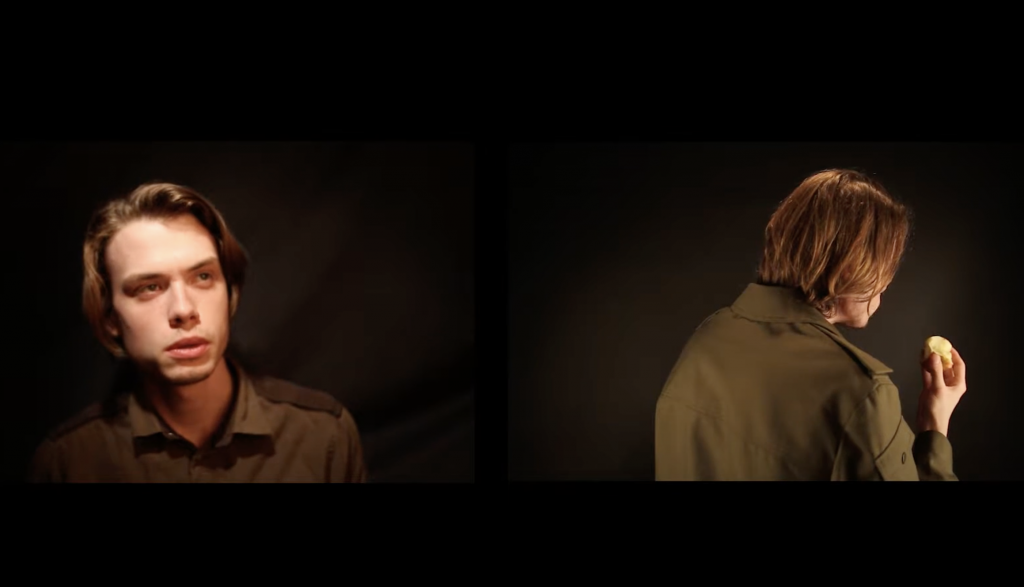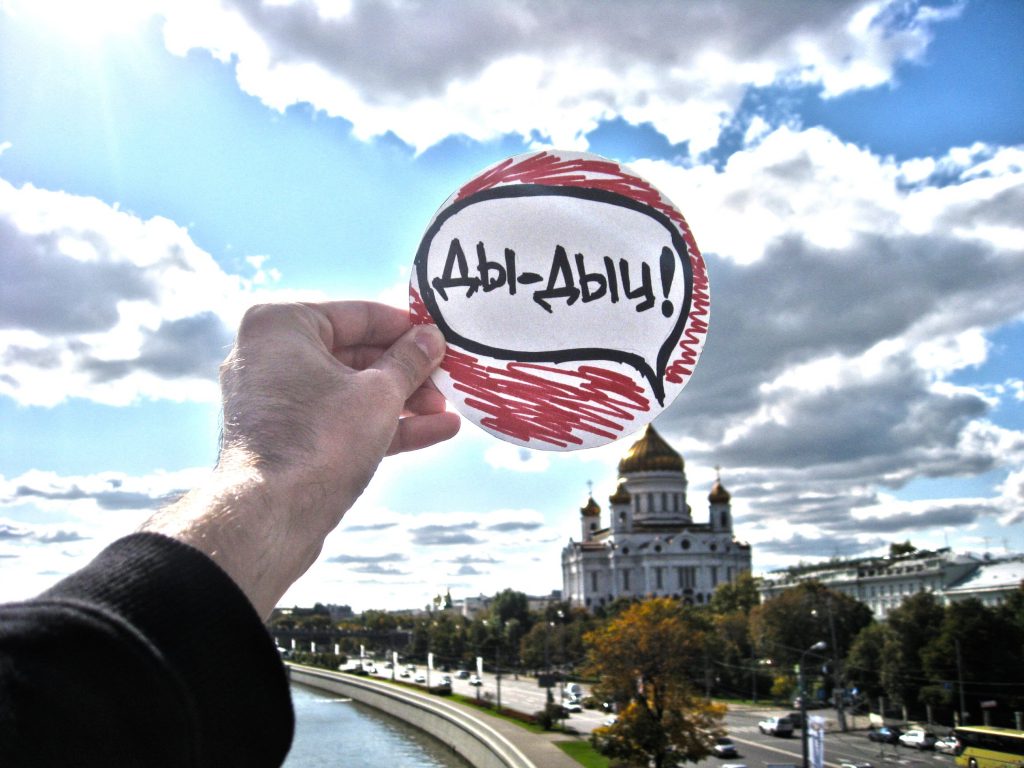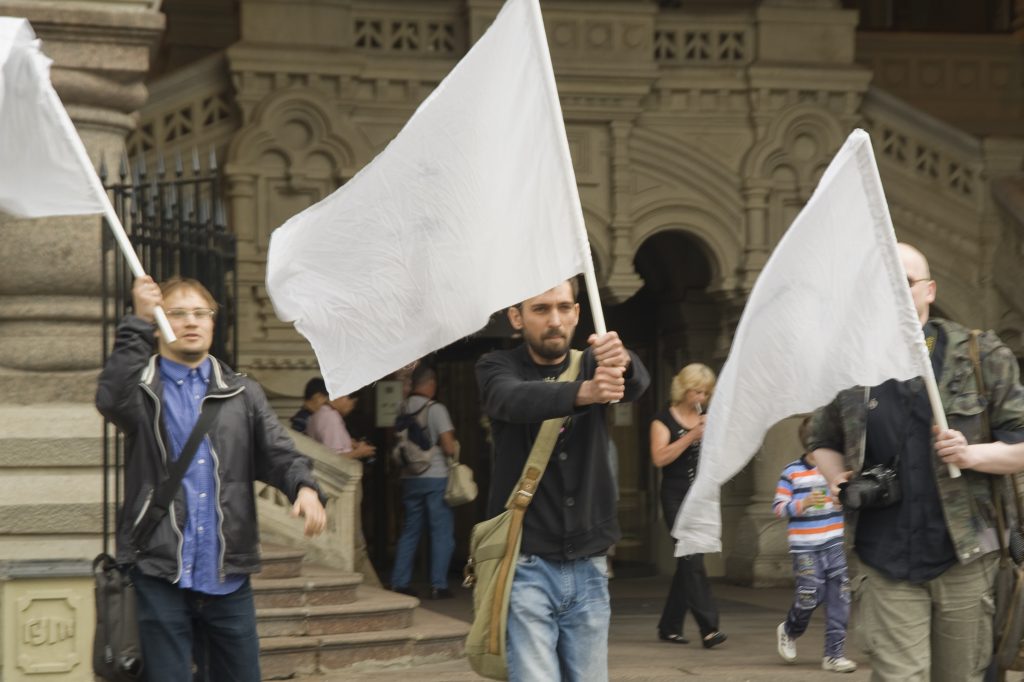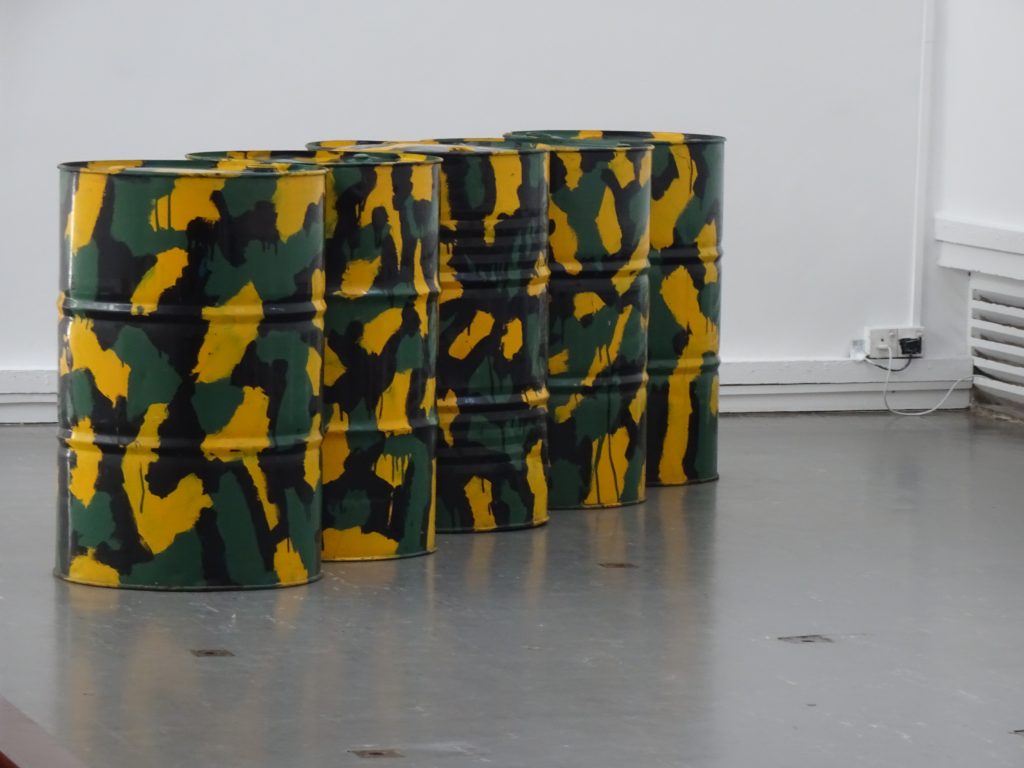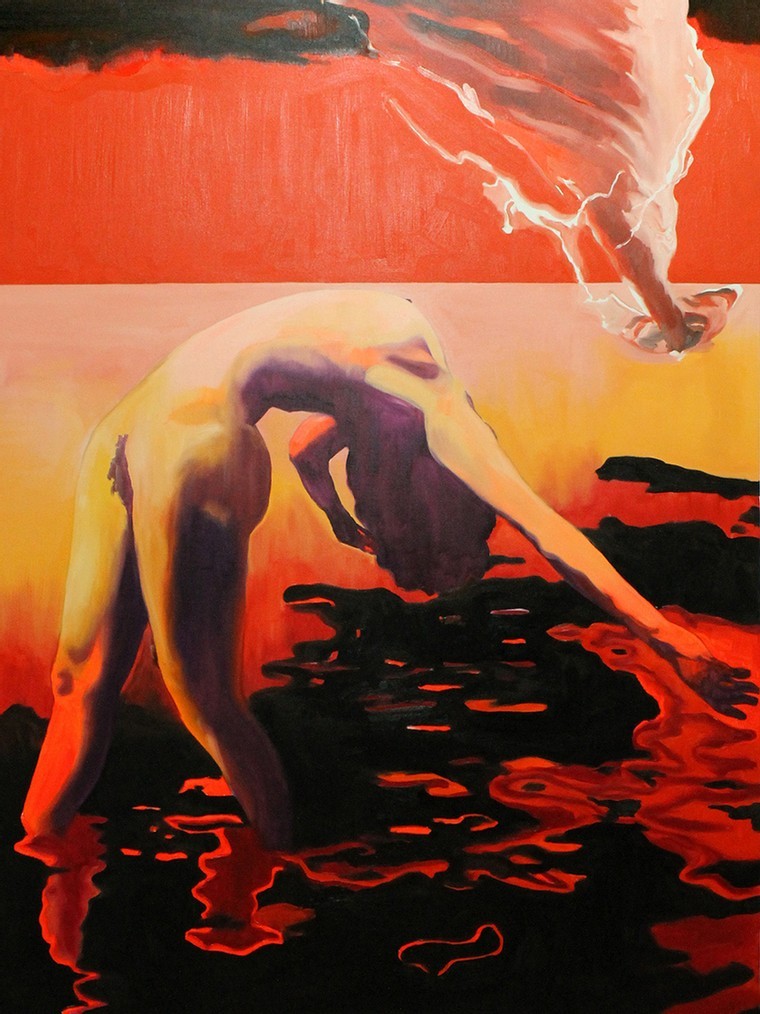Glitch+
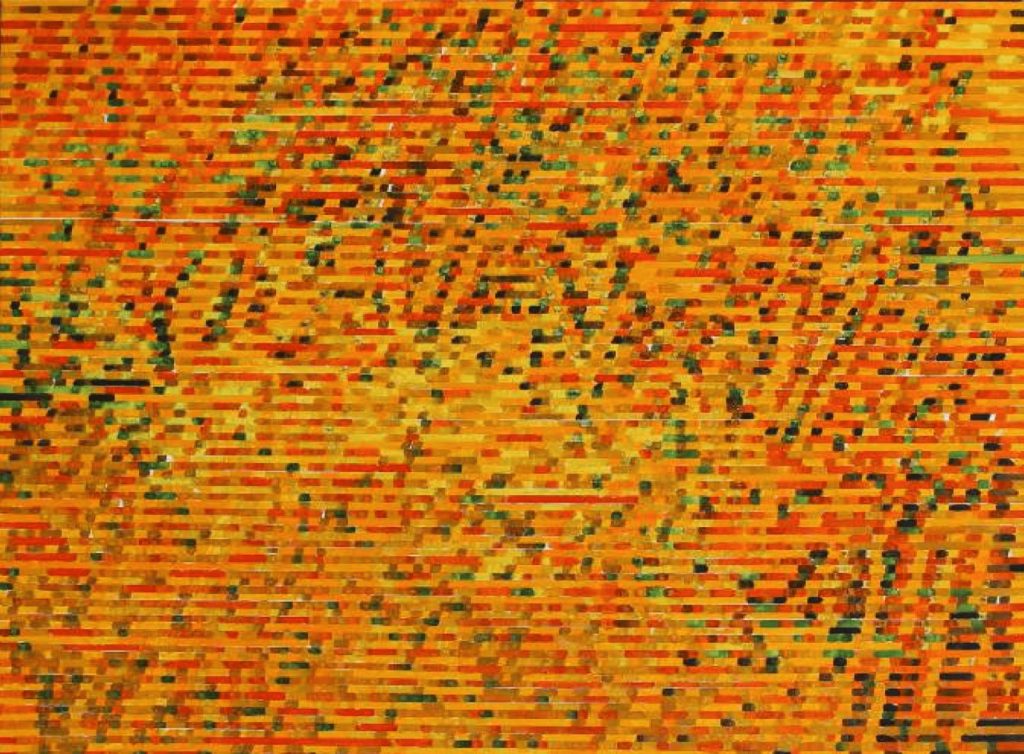
Protest | 120 x 160 cm
Black July took place 34 years ago. The war was over 8 years ago. Tyranny was defeated 2 1⁄2 years ago. Democracy was then established and today we have no white vans, no abductions and no threats to life by politicians and their entourage. No surveillance, no CID or other intelligence services follow me because I am vociferous.
The popular assumption was that the change in government would amount to the resolution of the countries burning issues and that the promises made by the new ruling coalition would be addressed.
A new constitution with the devolution of power and an abolishment of the executive presidency, a new electoral system, socio-economic rights and many other promises are not being fulfilled.
Distorted images are prevalent. Like a good television with lesser voltage supply, a clear image won’t appear. The ‘glitch’ in our political climate continues and it has, over the last 12 months, only increased in intensity.
13+, G.S.P. +, Corruption +, Privileges +, Taxes +, Ministers in Parliament +, Hate Speech +, Nationalism +, Buddhist Extremism +, War Heroes +, Medical Terrorism +, Bureaucracy +, Protests +…
Green, red, blue, yellow are now colours representative of the lack of unity and action throughout the governing bodies in the country.
Disturbing colours…..
Chandraguptha Thenuwara
July 2017
Description
If Barrelism was a comment on the aesthetic of violence, Glitch highlights the obstinate dysfunctionality of the social structures. Thenuwara is primarily composing an ode to colour here, while covering a wide array of socio-political issues present in the post-war Sri Lanka. Corruption, political decadence, rising nationalism and religious fanaticism, failing bureaucracy and economic pressure are all rolled into one as he tackles them colour by colour.
The journey also makes his reflect the politics of colour. Green, blue, red are not neutral colours but representations of major political parties vying for power. The colours of the Buddhist flag becomes a mosaic. Safron symbolizes the robes worn by the monks, a major ideological group increasingly defining the fate of the island and its people.
Thenuwara camouflages a range of serious issues of contemporary Sri Lanka, in a seemingly light hearted colorful array of paintings.
